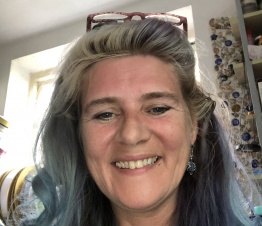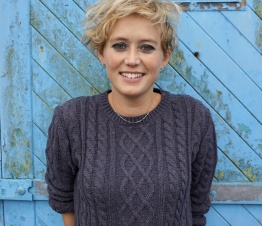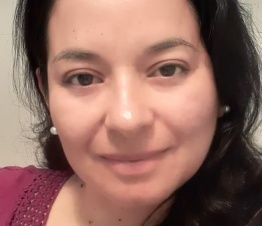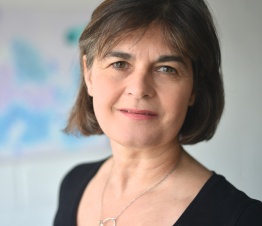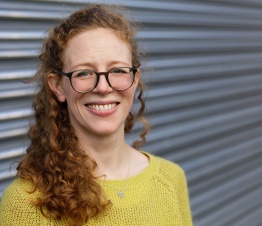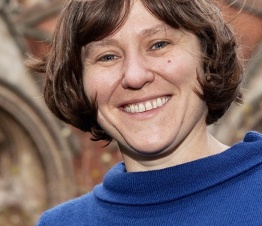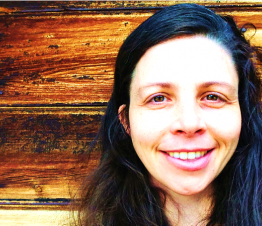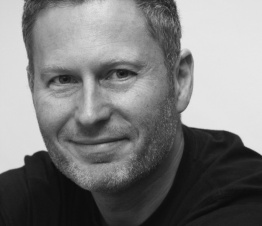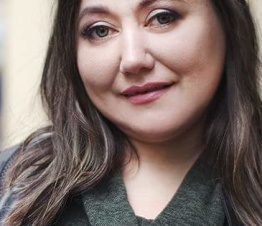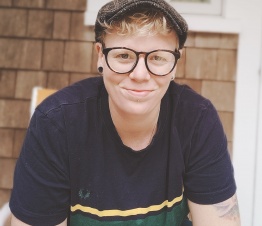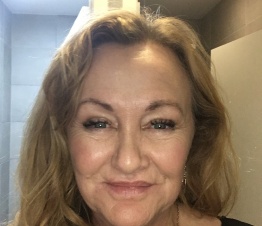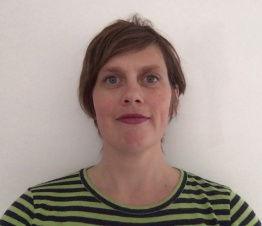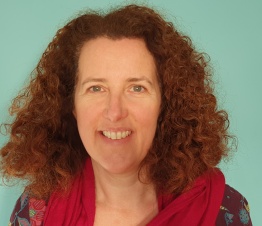What is art therapy?
Art therapy is a type of psychotherapy that uses art to express and communicate. Within this context, art is not used as a diagnostic tool but as a medium to address emotional issues which may otherwise cause distress. Art therapists are influenced by a range of psychotherapeutic ideas, including attachment-based psychotherapy and client-centred approaches such as psycho-educational, mindfulness, compassion-focussed and cognitive analytic therapies.
Who benefits from art therapy?
Children, young people, adults and the elderly may see an art therapist. They may have a variety of problems, such as mental and physical disabilities, mental illness, emotional or behavioural problems. NICE recommends art therapy for people with schizophrenia; it is also often suggested for people with dementia. But anyone who has difficulty expressing themselves would benefit from art therapy.
Sessions can be individual or in groups. They are not like art classes, and clients need have no previous experience of working with art media.
A creative therapy like art therapy can be useful for people who find it difficult to express their feelings and anxieties with words. The process of creating art may help resolve issues, as well as develop and manage their behaviours and feelings, reduce stress, and improve self-esteem and awareness.
Welldoing.org art therapist Marielle Albers:
"Living in a society that places a lot of emphasis on rational thinking and the use of technology, means that is easy to disconnect from our feelings and intuition. Art therapy offers an opportunity to explore the different layers of meaning beyond the words and can help re-connect us to a deeper sense of wisdom.
Art therapy integrates psychotherapeutic techniques with the creative process. Expression through movement, art or imagination, facilitated by a trained art therapist, can create an understanding of nonverbal messages, symbols and metaphors. The art therapist will guide you through the process and may share thoughts and interpretations, but not generally use your work to make any diagnostic interpretations.
There is no need to be artistic or talented; all that is required, is a willingness and curiosity to get involved."
Welldoing.org art therapist Ani de la Prida:
“Working with art can feel a gentle way to work, talking about an image on paper can feel less scary.
The use of creative arts in therapy is such a powerful medium, it can help clients to express themselves, explore their emotion and experiences. It can be particularly helpful with issues such as addictions, depression, trauma and anxiety where unconscious factors are involved.”
Relevant associations
This information has been vetted by a professional member of the welldoing.org directory
Last updated on 2 November 2018

